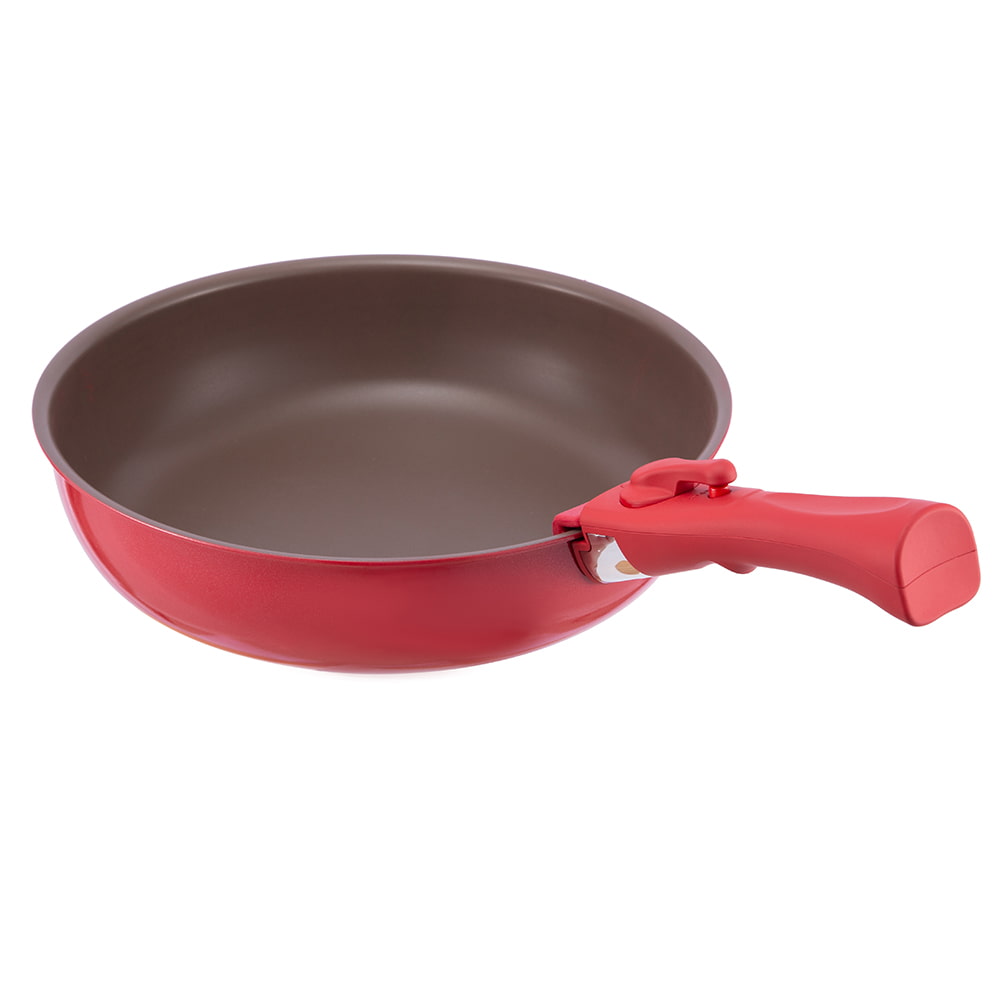Using a stainless steel saucepan for cooking offers several advantages, but there are also some considerations to keep in mind. Let's explore the advantages and considerations of using a stainless steel saucepan:
Advantages:
Durability:
Stainless steel saucepans are highly durable and resistant to scratches, dents, and corrosion. They can withstand high temperatures and are less prone to warping, making them a long-lasting option for cooking.
Heat Conductivity: Stainless steel has excellent heat conductivity, allowing for even heat distribution across the cooking surface. This helps in achieving uniform cooking results and prevents hot spots.
Versatility: Stainless steel saucepans are versatile and can be used for various cooking methods, such as boiling, simmering, sautéing, and braising. They are suitable for use on different heat sources, including gas stoves, electric cooktops, and induction cookers.
Non-reactive Surface: Stainless steel is non-reactive, meaning it does not react with acidic or alkaline ingredients. This ensures that the flavors of the food remain pure and unaffected by the saucepan material.
Easy Maintenance: Stainless steel saucepans are relatively easy to clean and maintain. They are dishwasher-safe and can be easily scrubbed with a non-abrasive sponge or cloth. Stainless steel also resists staining, making it easier to maintain the shine and appearance of the saucepan.

Considerations:
Poor Heat Retention: While stainless steel has good heat conductivity, it has poor heat retention compared to materials like copper or cast iron. This means that stainless steel saucepans can cool down quickly when removed from the heat source, requiring extra care to maintain the desired cooking temperature.
Hot Handle: Stainless steel handles can become hot during cooking. It is important to use oven mitts or pot holders when handling the saucepan to avoid burns. Some stainless steel saucepans come with heat-resistant handles or silicone grips to address this issue.
Uneven Browning: Stainless steel does not have the same heat distribution properties as materials like copper or aluminum. This can result in uneven browning or sticking of certain foods. Proper preheating and adjusting heat levels can help minimize these issues.
Price: Stainless steel saucepans can be relatively more expensive compared to other materials, especially if they have added features or multi-layered construction for improved heat distribution. However, the durability and longevity of stainless steel can offset the initial investment in the long run.
Careful Cleaning: Stainless steel saucepans may develop water spots or discoloration if not dried thoroughly after washing. Using a stainless steel cleaner or vinegar solution can help remove such stains and maintain the shine of the saucepan.
In conclusion, stainless steel saucepans offer durability, excellent heat conductivity, versatility, and easy maintenance. However, it is important to consider factors such as poor heat retention, potential for uneven browning, hot handles, and careful cleaning to ensure optimal cooking performance and longevity of the saucepan. With proper care and attention, a stainless steel saucepan can be a reliable and versatile tool in the kitchen.
 No. 1, Jingwei Road, Yangcheng Lake Town, Xiangcheng District, Suzhou City, China
No. 1, Jingwei Road, Yangcheng Lake Town, Xiangcheng District, Suzhou City, China [email protected]
[email protected] +86-13913553688
+86-13913553688
 search
search
 中文简体
中文简体 English
English русский
русский Français
Français Español
Español 日本語
日本語







-4.jpg)
-1.jpg)

-3.jpg)
-5.jpg)

-3.jpg)
-9.jpg)
-3.jpg)
-14.jpg)

